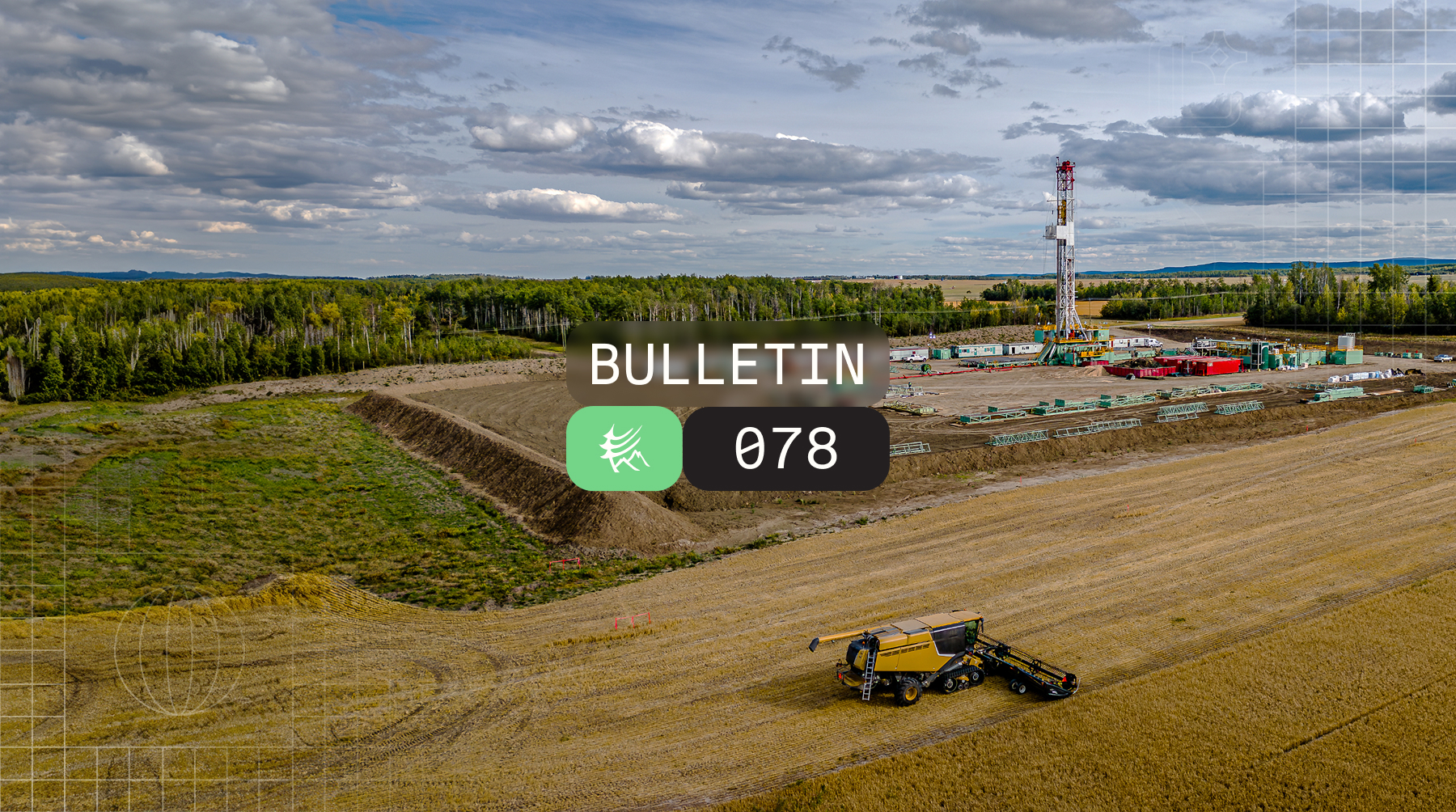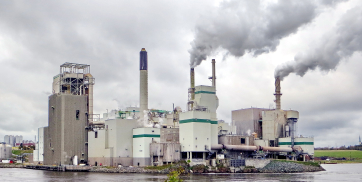The Rise of Public Satellite Methane Data
In recent years, the rapid advancement of space-based remote sensing technology has ushered in a new era of environmental monitoring. Satellites are now equipped with methane sensing capabilities, and previously invisible methane emissions are under surveillance, particularly within the oil and gas industry.
With new data comes new applications – including the emergence of conflicting narratives among different stakeholders. Responding (in part) to a decade of academic research revealing a discrepancy between reported and independently measured emissions, the United States Environmental Protection Agency (EPA) has recently proposed rules that allow accredited third parties to report detected methane plumes to the EPA, which could count towards the amount of methane tax some companies are required to pay.
In addition to regulatory shifts, new public datasets bring reputational risks, especially as media groups like Bloomberg regularly publish on large methane events attributed to specific energy companies. Efforts to benchmark and compare companies with this data are underway, and investors are watching closely.
The satellite data that exists today could be just the tip of the iceberg. Methane innovation is accelerating, and multiple new satellites are expected in 2024. The Environmental Defense Fund’s MethaneSAT will be launching on a SpaceX rocket in early March and data will be available later this year. The Carbon Mapper Coalition Tanager satellites are also expected to launch early this year. Both promise to provide free data to researchers, environmental nonprofits, and journalists.
Operators are therefore asking themselves an important question: What is the likelihood that one of our sites is detected by these new satellites? To answer this question, we present novel research performed at Highwood Emissions Management that delves into the implications of publicly available satellite methane data and its potential impact on the energy industry.
Assessing Operator Exposure to Satellite Deployments
The imminent launch of MethaneSAT and Carbon Mapper Coalition’s Tanager satellites marks a significant milestone in methane monitoring from space. These satellites, coupled with existing government instruments like Sentinel-2 and NASA’s EMIT, offer comprehensive spatial coverage of methane emissions globally.
However, detection rates may vary depending on factors such as revisitation intervals, technology sensitivity, expected emissions distributions, geographical location, and atmospheric conditions. For example, evidence suggests that the Permian Basin, which is sunny, dry, and has a high historical methane intensity, is likely to experience higher detection rates.
Most public space-based remote sensing instruments are designed to automatically survey most of the Earth’s surface over a fixed period (often referred to as “revisit time”), while some are designed to investigate targeted infrastructure at a higher resolution.
Understanding the exposure of operators to satellite methane detection is crucial for industry stakeholders. By considering satellite technology characteristics, emission frequencies, and magnitudes, operators can estimate their potential detection count.
Our analysis, presented in Table 1, indicates that operators may face average detection rates of more than once per year across multiple satellites. It is important to recognize that these numbers may present an upper bound, as detection capabilities may be influenced by atmospheric conditions, higher latitudes, and cloud cover (see this research). That said, our analysis does not anticipate further innovation, which is likely, especially with the recent announcement of Google’s intention to host satellite methane data on their Earth Engine platform.
Table 1: Expected detections per 1000 sites per year for several methane sensing satellites and select basins1.
| Satellite | Permian | San Joaquin | Denver | Uinta |
| Carbon Mapper2 | 939 | 44 | 101 | 291 |
| MethaneSAT3 | 190 | 0 | 29 | 78 |
| Sentinel-24 | 42 | 0 | 0 | 14 |
1Expected detects per 1000 sites (ƒ𝑑𝑒𝑡𝑒𝑐𝑡) is calculated according to ƒ𝑑𝑒𝑡𝑒𝑐𝑡 = 1000∙𝑛𝑣𝑖𝑠𝑖𝑡∙𝑝>𝑀𝐷𝐿), where 𝑛𝑣𝑖𝑠𝑖𝑡 is the expected number of visits per year (calculated based on revisit times) and 𝑝>𝑀𝐷𝐿 is the probability of a single visit capturing an emitter greater than the technologies estimated minimum detection limit. Assumptions regarding frequency and magnitude of emissions are based on emissions distributions generated by Sherwin et al., 2023
2The Carbon Mapper Coalition Tanager satellites are expected to have a minimum detection limit of approximately 100 kg/h and a mean revisit time of 3.5 days.
3MethaneSAT is expected to have a minimum detection limit of 500 kgh for point sources and a mean revisit time of 3.5 days.
4Sentinel-2 has demonstrated the capability to detect methane emissions as low as 1000 kgh. The twin Sentinel-2 satellites have a combined revisit time of 5 days.
Implications for Industry
The availability of public satellite methane data presents opportunities for environmental monitoring. It will provide unprecedented transparency into methane emissions, enabling targeted mitigation efforts and regulatory action.
Beyond regulatory compliance, there are significant opportunities for companies to leverage satellite methane data to drive sustainability initiatives. By proactively monitoring and reducing methane emissions, companies can enhance their ESG performance, attract responsible investment, and strengthen their social license to operate.
Public satellite data also provides additional data points that should be used by operators in understanding their total emissions via reconciliation and measurement informed inventory calculations. Regular comparison and integration of public data into inventories can provide operators a regular check on whether their internal measurement data adequately captures large emitters.
Operators will be able to access this data via Google (for MethaneSAT) or the Carbon Mapper data portal (for Carbon Mapper coalition satellites). Operators will also be sent notifications under the EPA’s Super-emitter Response Program or the International Methane Emissions Observatory MARS program.
The proliferation of public satellite methane data signifies a paradigm shift in environmental monitoring. As satellite technology continues to evolve, so too will our understanding of methane emissions. By embracing transparency, accountability, and collaboration, we can work towards a more sustainable energy future.
Highwood works with O&G clients to develop technology deployment strategies and leverage both public and private data to get a better understanding of their true emissions. Reach out to learn more.







